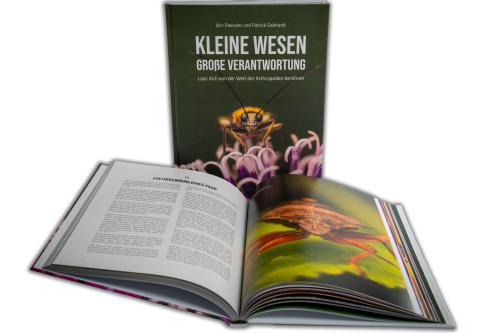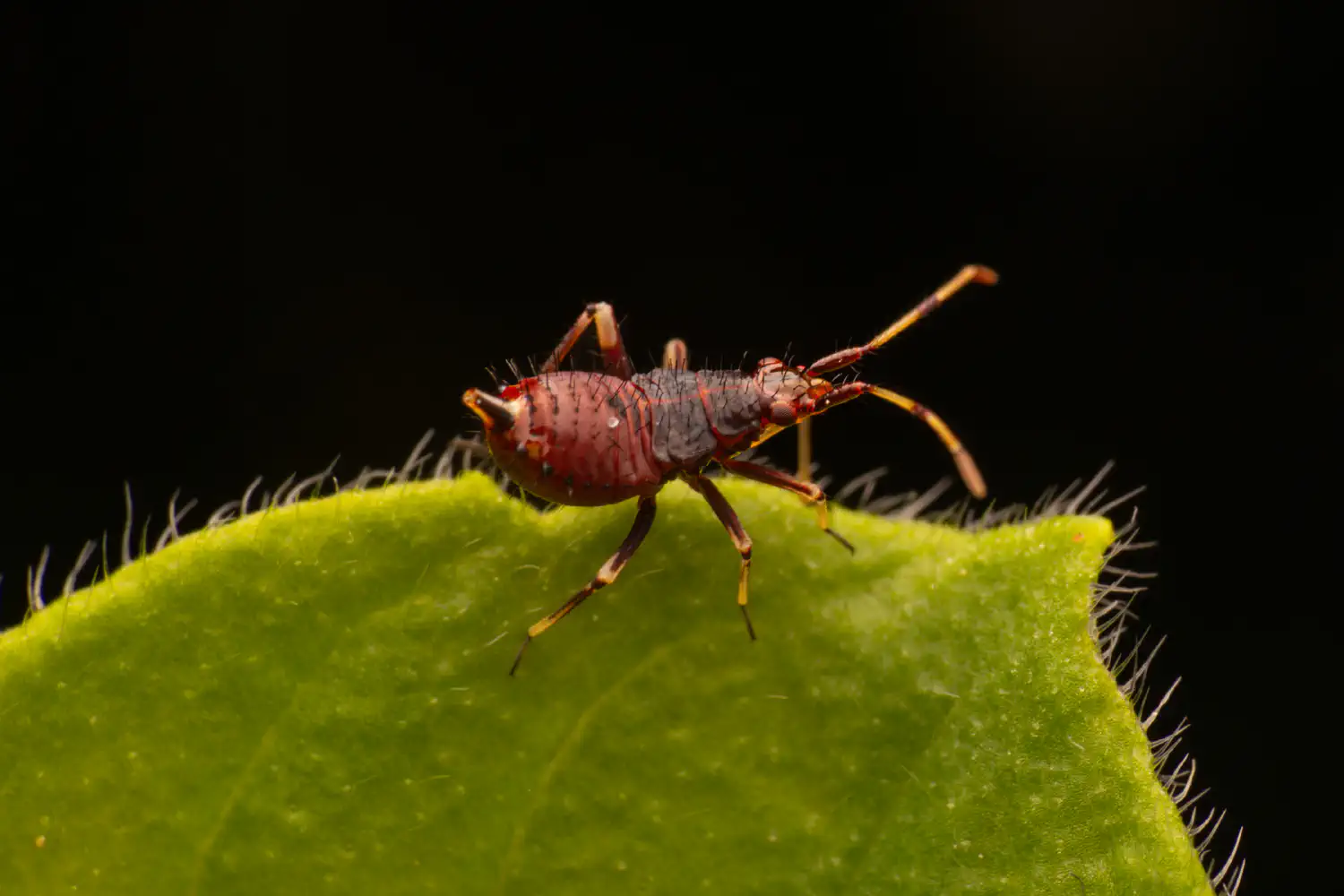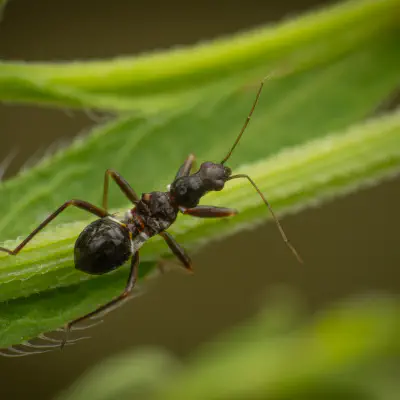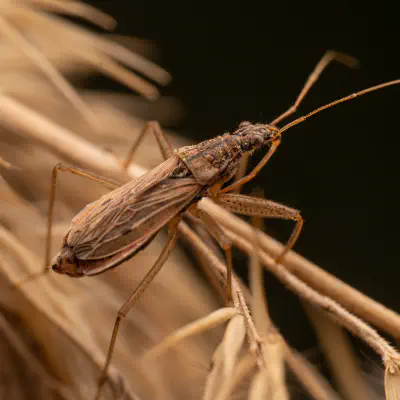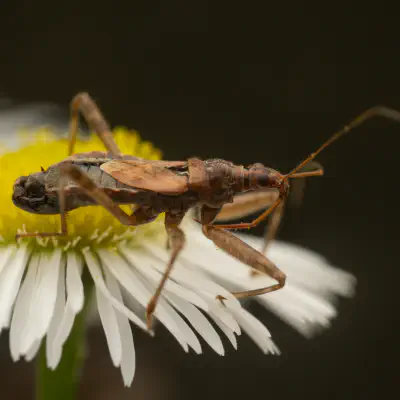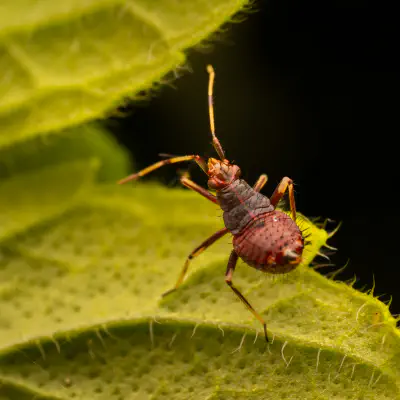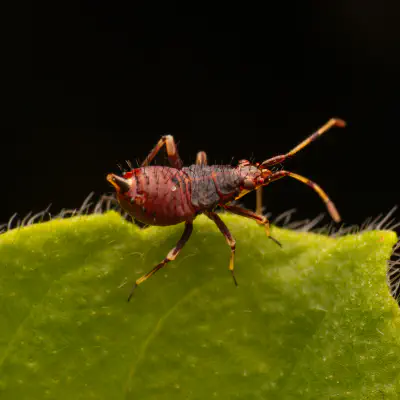Damsel Bugs Lat. “Nabidae“
The insect family Nabidae contains the damsel bugs. There are over 500 species in 20 genera. They are soft-bodied, elongate, winged terrestrial predators. Many damsel bugs catch and hold prey with their forelegs, similar to mantids. They are considered helpful species in agriculture because of their predation on many types of crop pests.
Hierarchy
Genera
These 23 genera belong to the family Nabidae:
Data sources: i = ITIS, c = Catalogue of Life, g = GBIF, b = Bugguide.net
Evolutionary history
Several fossil genera have been attributed to the family, including Karanabis from the Upper Jurassic Karabastau Formation of Kazakhstan, but it has subsequently been assigned to other families. The earliest definitive record of the family is Cretanazgul from the Cenomanian aged Burmese amber of Myanmar, belonging to the subfamily Prostemmatinae.
References
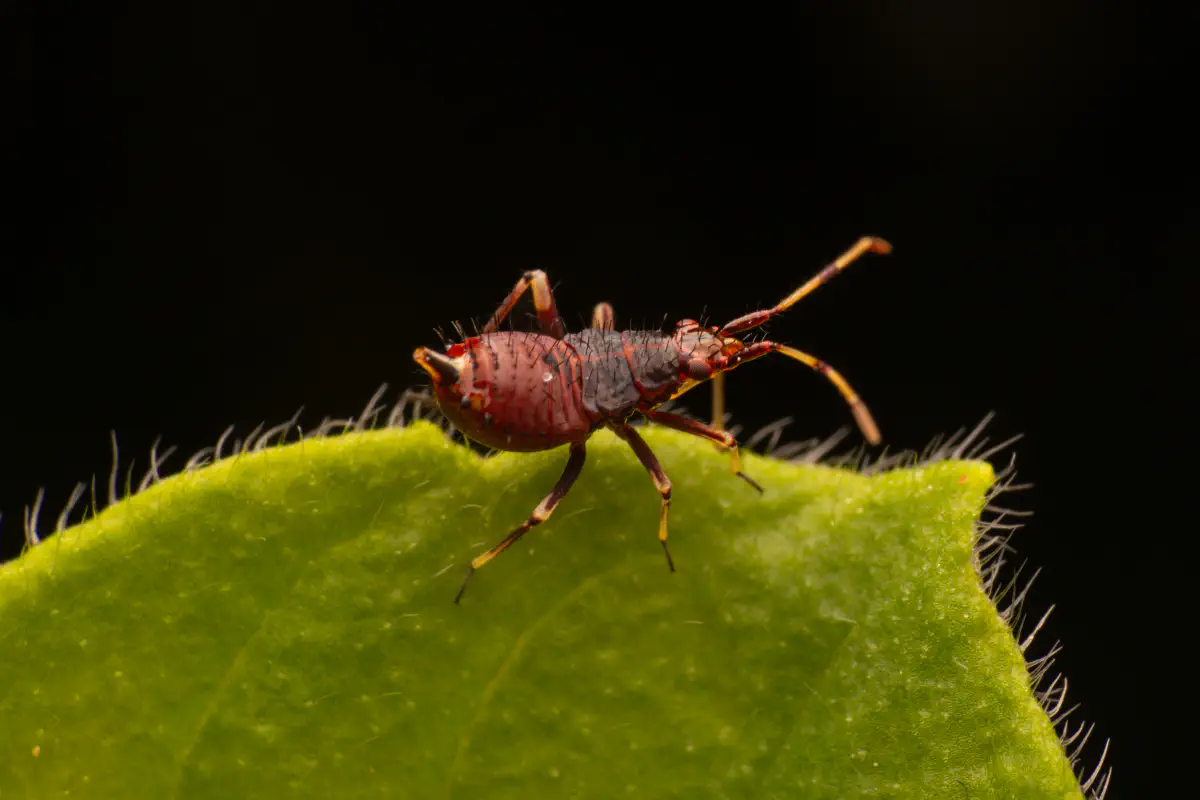
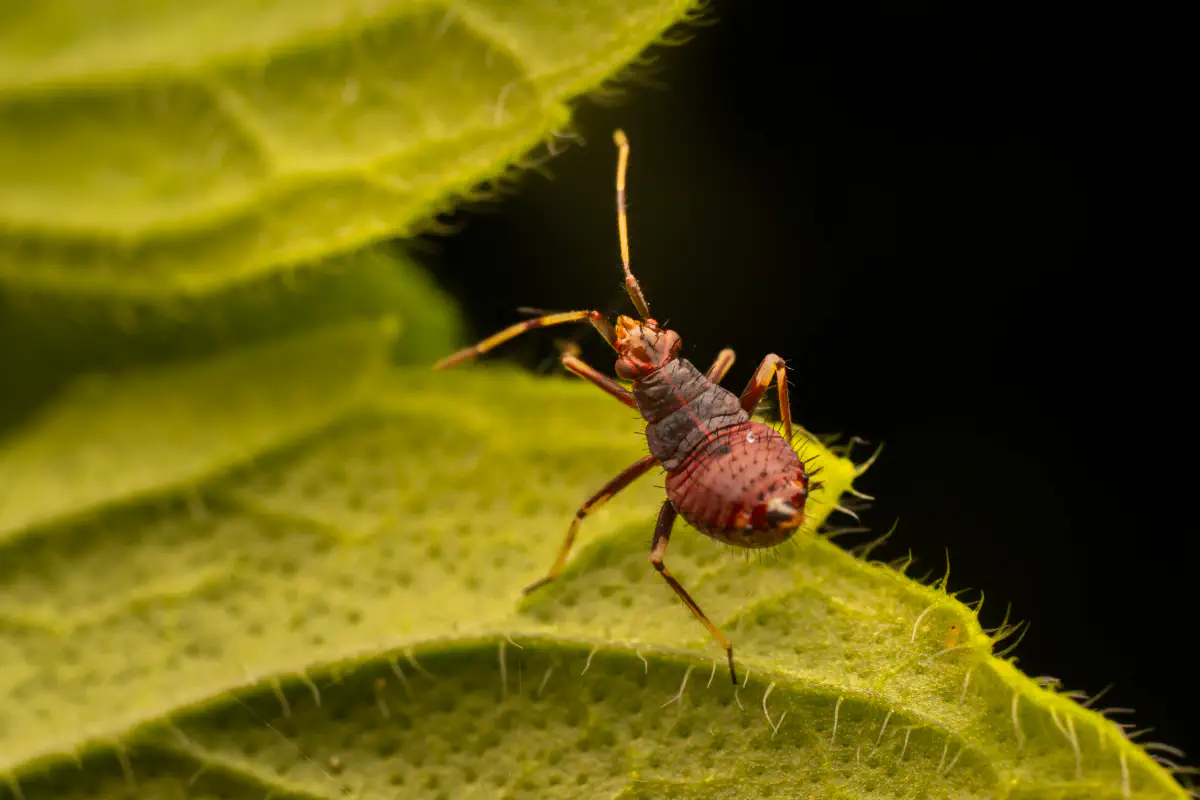
Ancestry Graph
Further Information
„Damsel Bugs“ on wikipedia.org
„Damsel Bugs“ on iNaturalist.org
Copyright

This article uses material from the Wikipedia article Nabidae the free encyclopedia Wikipedia which is released under Creative Commons Attribution-ShareAlike 4.0 International License). On Wikipedia a list of authors is available.

Little beings in print
Order our calendars and books today!
Compiled with love. Printed sustainably. Experience our little beings even more vividly in print. All our publications are available for a small donation.
